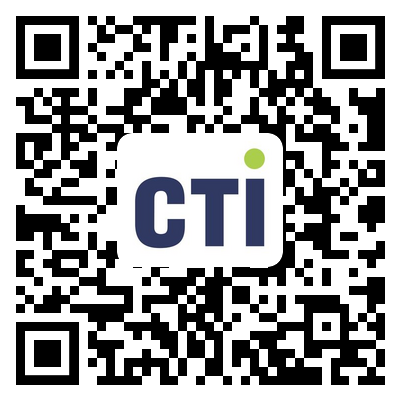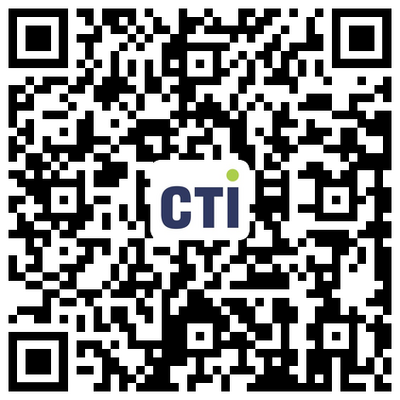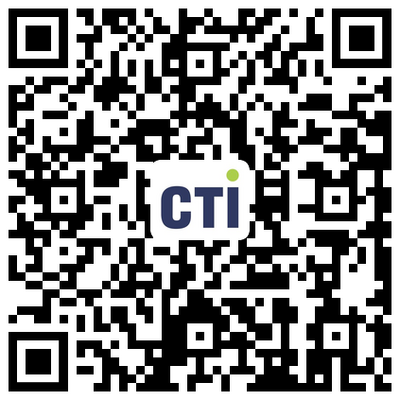- Home
- About CTI
- Our Services
- Investor Relations
- CTI Mall
- Resource Center
- Reports Validation
- Join Us
-
 Overview
Overview
Centre Testing International Group Co., Ltd. (CTI) is a market leader in testing, inspection, certification, calibration, audit, training & technical services; building trust between governments, enterprises, and consumers.
-
 Sustainability
SustainabilitySustainability is deeply rooted in CTI’s business model, by delivering science-based solutions and verification services, to increase transparency and traceability throughout the global value chain. CTI is a proponent of carbon neutrality and sustainable development.
-
 Our service
Our serviceCentre Testing International Co., Ltd. (CTI) is the pioneer and leader in the TIC Industry which provides one-stop solutions on testing, inspection, certification, calibration, audit, training & technical services.
-
By Industry
Our service capabilties cover the upstream and downstream of the supply chain including textile and apparel,toys,electronic appliances,medical health,food...andother industries.
-
 Environment
Environment
-
 Raw Material & Fuel Chemicals
Raw Material & Fuel Chemicals
-
 Textiles, Apparel, Footwear & Accessories
Textiles, Apparel, Footwear & Accessories
-
 Food & Agricultural Products
Food & Agricultural Products
-
 Cosmetics, Personal Care & Household Chemicals
Cosmetics, Personal Care & Household Chemicals
-
 Building Materials&Construction Engineering
Building Materials&Construction Engineering
-
 Electronic & Electrical Appliances
Electronic & Electrical Appliances
-
 Toys, Furniture & Home Decoration
Toys, Furniture & Home Decoration
-
 Industrial Equipment & Manufacturing
Industrial Equipment & Manufacturing
-
 Rail & Aviation
Rail & Aviation
-
 Automotive & Spare Parts
Automotive & Spare Parts
-
 Pharma and Medical Services
Pharma and Medical Services
-
 Maritime Vessel Compliance Testing
Maritime Vessel Compliance Testing
 By Industry
By IndustryOur service capabilties cover the upstream and downstream of the supply chain including textile and apparel,toys,electronic appliances,medical health,food...andother industries.
-
-
 Specialty
SpecialtyComprehensively guarantee quality and safety, promote compliance and innovation, demonstrate brand competitiveness, and achieve higher quality, healthier, safer, and greener sustainable development.
-
 Management
ManagementWe have established a clear governance structure in accordance with listing requirements and national regulations and policies to deal with internal and external challenges and achieve sustainable development.
-
 Information DisclosureWe are committed to establishing normal and effective two-way communication with shareholders and investors. We have established a complete information disclosure mechanism to convey information to shareholders in a timely manner.
Information DisclosureWe are committed to establishing normal and effective two-way communication with shareholders and investors. We have established a complete information disclosure mechanism to convey information to shareholders in a timely manner.
-
 Talents Policy
Talents PolicyEnsuring the basic rights and benefits of employees;
Providing professional skills training to promote employees’ growth;
Carrying out various kinds of activities to balance employees’ work and life.
-
 RecruitmentWelcome to join CTI family! We are providing a platform for you to show your talents and achieve your career aspiration.
RecruitmentWelcome to join CTI family! We are providing a platform for you to show your talents and achieve your career aspiration.
- Resource Center
- Application Forms
- Bulletin
- Training Center
- CTI Academy
- Reports Validation

PUBLICATION OF TITLES AND REFERENCES OF HARMONISED STANDARDS UNDER ENTRY 27 OF ANNEX XVII OF REACH
Background
In 1994 the EU adopted 94/27 / EC of nickel release directives , The directive has been replaced , 27 of Annex XVII of REACH, Shall not be used:
(a) in any post assemblies which are inserted into pierced ears and other pierced parts of the human body unless the rate of nickel release is less than 0,2μg/cm 2 /week
(b) in articles intended to come into direct and prolonged contact with the skin , If the rate of nickel release from the parts of these articles coming into direct and prolonged contact with the skin is greater than 0,5 μg/cm 2 /week.
(c) in articles referred to in point (b) where these have a non-nickel coating unless such coating is sufficient to ensure that the rate of nickel release not exceed 0,5μg/cm 2 /week for a period of at least two years of normal use of the article.
Main Requirement
On January 15, 2016, the Official Journal of the European Union (OJ) Post 2016 / C 014/04, Publication of titles and references of harmonised standards under entry 27 of Annex XVII of REACH.
| Reference and title of the standard | Reference of superseded standard |
| EN 1811:2011+A1:2015 Reference test method for release of nickel from all post assemblies which are inserted into pierced parts of the human body and articles intended to come into direct and prolonged contact with the skin | EN 1811:2011 |
| EN 12472:2005+A1:2009 Method for the simulation of wear and corrosion for the detection of nickel release from coated items | EN 12472:2005 |
| EN 16128:2011 Reference test method for release of nickel from those parts of spectacle frames and sunglasses intended to come into close and prolonged contact with the skin | EN 1811:1998+A1:2008 |
| The new standard EN 16128:2011 takes over from the superseded standard the same test methods for demonstrating conformity with the conditions of the restriction under entry 27 in Annex XVII of REACH until a new standard for spectacle frames and sunglasses will be developed | |
RAPEX Notification
In 2015, 22 products has been notified because of nickel release in RAPEX, 86.4%of the notified products are origining from China,The product releases nickel up to 113 g/cm/week.Products intended to direct and prolonged contact with the skin are high-risk.Electrical and electronic products need to focus on metal signs or shells.
CTI Suggestion
In recent years the notification of nickel release is increasing, Companies should pay attention to high-risk products, components, ensure that products meet the requirements of nickel release control, Reduce the risk of the product being punished.
Related recommendations
Media Inquiries
- 400-6788-333
- mkd@yilussjy.com
- About CTI
- Our Services
- Investor Relations
- CTI Mall
-
Resource Center
- Application Forms
- Bulletin
- Training Center
- CTI Academy
- Reports Validation
-
Join Us
- Talents Policy
- Recruitment




















 粤公网安备 44030602000441号
粤公网安备 44030602000441号 